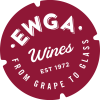Languedoc is a region that is becoming more recognisable as a quality wine-producing region with vineyards such as the Domaine Paul Mas winning the 2020 Wine Enthusiast’s ‘European Winery Of The Year’.
The region is located in the south of France stretching from Provence to the Pyrenees Mountains. In southern Hérault and Gard, vines are planted on the flat and low lying alluvial plain. Whereas in northern Hérault and Gard vines can be planted several hundred metres above sea level on steep hill slopes with varying soil composition which includes gravels and limestones, however, some are still planted on flat land.
The climate of the region is Mediterranean with an annual rainfall of around 400mm and temperatures in July and August exceeding 30°C. The wind is also common in the region throughout the growing season with the tramontane bringing cool air from the mountains.
During the late 20th century the dominant grape variety in the region was Carignan, however by 2011 it was only the third most planted grape after Syrah and Grenache Noir. As with most French wine regions, the vines planted are dictated by ever-evolving regulations, but most of the red wine grapes planted in Languedoc are a combination of Syrah, Grenache and Mourvèdre. The most planted white wine grape on the other hand is Chardonnay. Yet, it is still quite uncommon in the region compared to other red wine grapes.
In fact, around 75% of all wine produced in the Languedoc is red, followed by nearly 15% for the rosé wines and merely 10% white wines.
Vines have been planted in the Languedoc region as early as 125 BC on the hills near the Roman colony of Narbo which is roughly where modern-day Narbonne is today. So much wine was produced here that it was frequently exported to ancient Rome.
From the collapse of the Roman Empire, it was not until the Middle Ages and the help and support of the monks and monasteries that the viticulture thrived once again.
The University of Montpellier oversaw important developments for wine such as the construction of the Canal du Midi which connected the Atlantic and Mediterranean. However, because of other regions, such as Bordeaux, being so experienced, Languedoc did not benefit substantially from the new connection.
In the late 17th century the Dutch wine trade was very profitable because of a sweet white wine that was made from Clairette and Picquepoul grapes. The port that was established in 1666, the Port of Sète, was particularly important for exporting to England and the Netherlands.
By the mid 19th century the vineyards of Languedoc could be divided into the hillside vineyards where the vines were mainly planted on gravely terraces and at mid-elevation and the vines planted on the plains.
In 1855 the first railway that went through Lyons was introduced and connected Languedoc easily with major centres of population. This resulted in a huge boost in wine production. Between 1850 and 1869 the average annual wine production nearly quadrupled.
However, the devastating arrival of Phylloxera halted production but thanks to experimentation and the adoption of grafting, as well as hybrids, Languedoc was the first region to be reconstituted. This meant that by the end of the 19th century the region became France’s principal wine supplier producing 44% of France’s entire production.
Unfortunately by the start of the 20th century, the plains were producing thin, light and pale red wines which needed to be blended to be commercially acceptable.
In addition, because of adulteration and fraud, the prices plummeted in 1907. This caused the majority of vignerons to become part of co-operatives of which many were formed in the 1930s.
Now, the Languedoc region has generally small holdings and some of the wine-growing methods are more basic with a large number of vines being grown as bush vines. However, it is becoming increasingly popular for wineries to have vines trained on wires.
A large majority of wine is made within a co-operatives cellar which means that about 70% of all wine from the Languedoc region is produced by a co-operative. Fermentation is commonly done in cement cuvees, however, stainless steel and oak are becoming more popular for fermentation.
If you want to learn more about Languedoc and the wines there click here.
Wines of the Languedoc region are now being produced at a higher quality with wineries such as Abbotts and Delauney priding themselves on making Languedoc varietal wines of the highest calibre.
Another example of Languedoc now producing high-quality wines is Domaine Paul Mas that owns more than 600 hectares of vineyards and works in partnership with grape growers across an additional 1312 hectares which gives them access to a wide range of grape varietals both international and local.
We list many of Domaine Paul Mas’ ranges such as the La Forge Estate, Vignobles Paul Mas and Cote Mas wines like this Cotes Mas Rouge.
Get in touch with us via telephone on 01524 737 100 or email [email protected] to list our Languedoc wines in your establishment!



